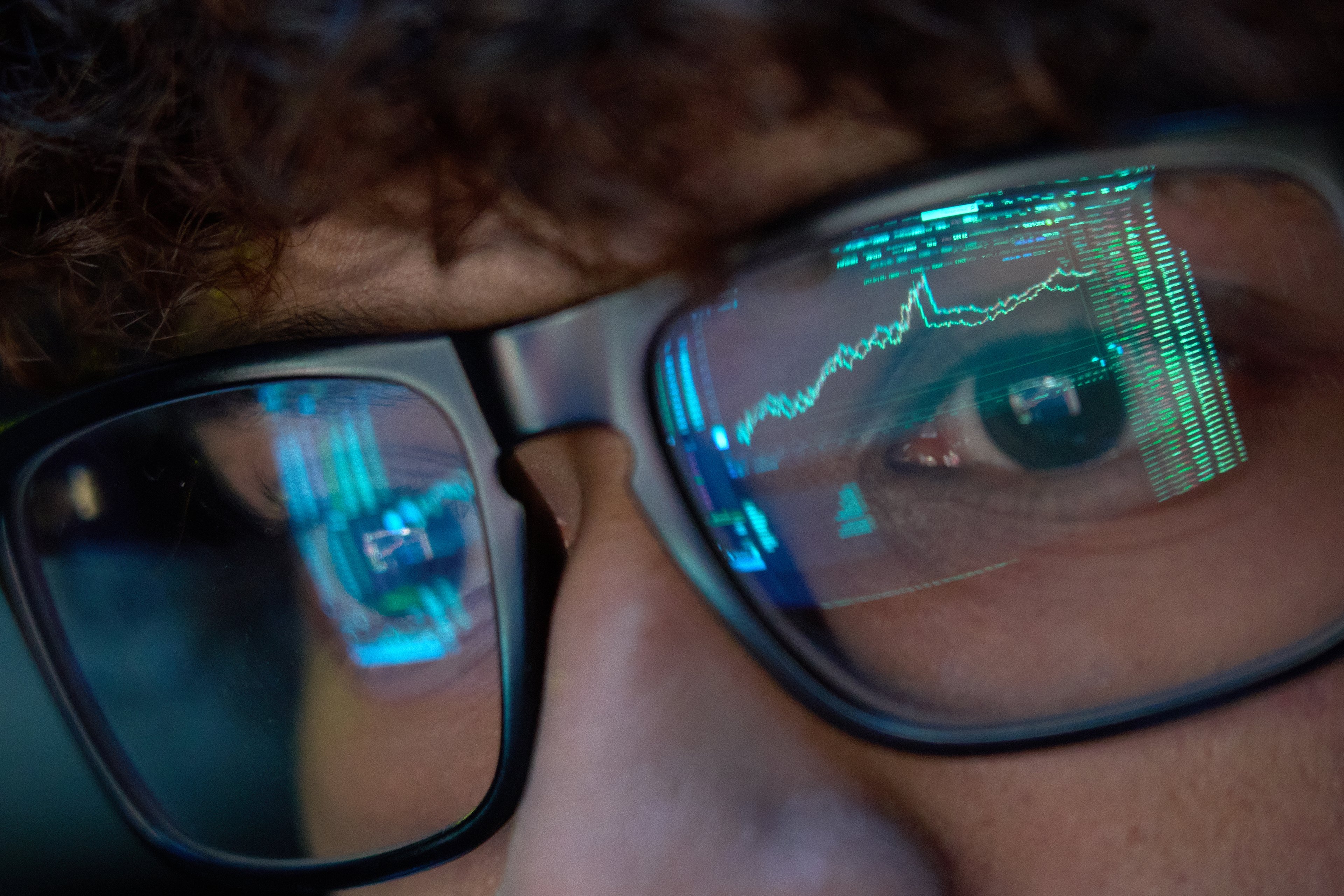Ask big pharma executives what keeps them up at night and they'll sneer "generics." Spending billions on research, development, and commercialization stings when generic competitors copy and under-price you years later. As one of the biggest generic-drug makers, it's usually Teva Pharmaceutical (TEVA 0.61%) causing the sleeplessness.
Just last year, Teva launched 450 generic products, and the company produces 73 billion tablets a year -- filling 2.7 million prescriptions a day in Europe and another 1.5 million prescriptions a day in the United States.
But in a twist of fate, Teva will be on the losing side next year as Mylan (MYL +0.00%) prepares to launch a generic version of Teva's $4 billion a year blockbuster Copaxone in May.
Impacting Copaxone's dominance
In multiple sclerosis, or MS, Copaxone is the market share leader, accounting for 40.4% of MS prescriptions last year. Its dominance in treating relapses translates into $4 billion a year in sales worldwide.
But Teva's stranglehold on the market is about to come to an end as Copaxone, initially approved by the FDA in 1996, loses patent protection next May. Teva is already losing market share as doctor's shift to newer treatments like Novartis' (NVS +0.06%) Gilenya and Sanofi's Aubagio. In August, Copaxone's market share had fallen to 35.7% of all MS scripts, according to research conducted by investment bank UBS.
Novartis' Gilenya has been one of the biggest beneficiaries of Copaxone's market share slide. Gilenya, introduced in 2010, was the first oral MS treatment approved in the United States. The drug saw sales climb 63% to $518 million in the third quarter from a year ago. Another big reason for fewer Copaxone scripts has been Biogen's (BIIB +0.06%) next-generation therapy, Tecfidera. Biogen won approval for that drug in the first quarter, and sales reached $286 million in the third quarter, well above the $200 million forecast by some analysts. Tecfidera joins Avonex and Tysabri as members of Biogen's MS franchise, positioning Biogen's as the top seller of MS treatments once Copaxone loses patent protection.
Battling for approval
Mylan has been among the most aggressive in preparing for Copaxone's demise. The company inked a deal with NATCO back in 2008 to commercialize NATCO's version of Copaxone, which is already being sold in India.
Mylan has attempted to accelerate patent expiration for Copaxone in Europe too. Copaxone has protection there until May 2015. But efforts to invalidate Teva's protection came to a standstill in November when Teva and Mylan agreed to settle the dispute prior to it reaching EU courts.
Teva's been less successful in protecting its Copaxone patent in America. This past summer, lower courts decided Mylan and Novartis' generic unit Sandoz AG didn't violate Teva's patents, clearing the way for Mylan to begin marketing the drug next May rather than waiting until September 2015. Mylan's generic version cleared another hurdle by winning FDA approval in September.
Foolish final thoughts
There's little question that Teva should see sales drop significantly in the wake of generic launches from Mylan and continuing script migration to Novartis and Biogen's new therapies. That's why Teva is embarking on an aggressive cost restructuring designed to save it $2 billion in expenses.
How successful Mylan and Novartis's Sandoz are at winning their fair share of the generic space remains to be seen. Teva is working on a more potent version of Copaxone with less frequent dosing, which could reduce some of the generics appeal.Teva may also blunt some of the hit in lost sales with its own generics. After a brief respite, the patent cliff returns in force in 2014 and 2015, giving the company plenty of new opportunities to keep big pharma up at night. While those launches won't be enough to offset all the risk to Copaxone, it's a start.








